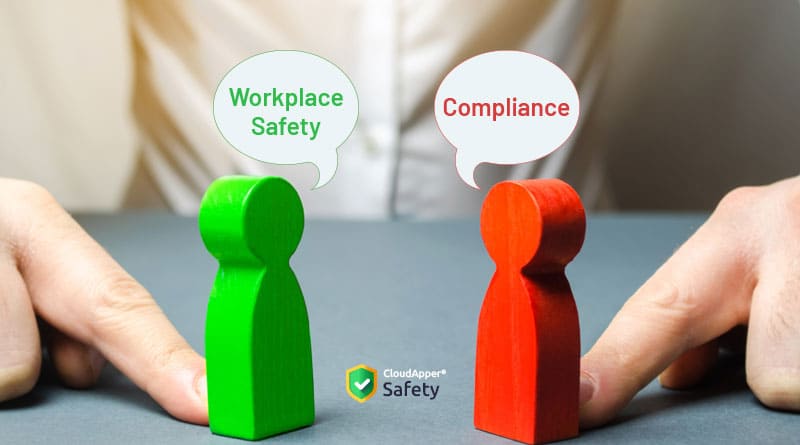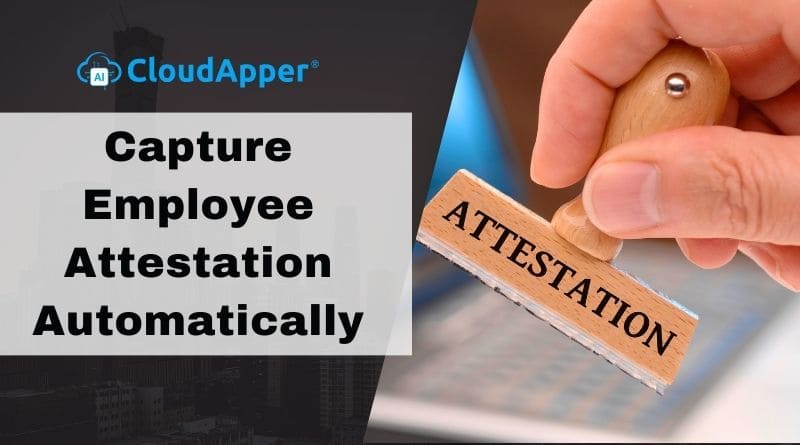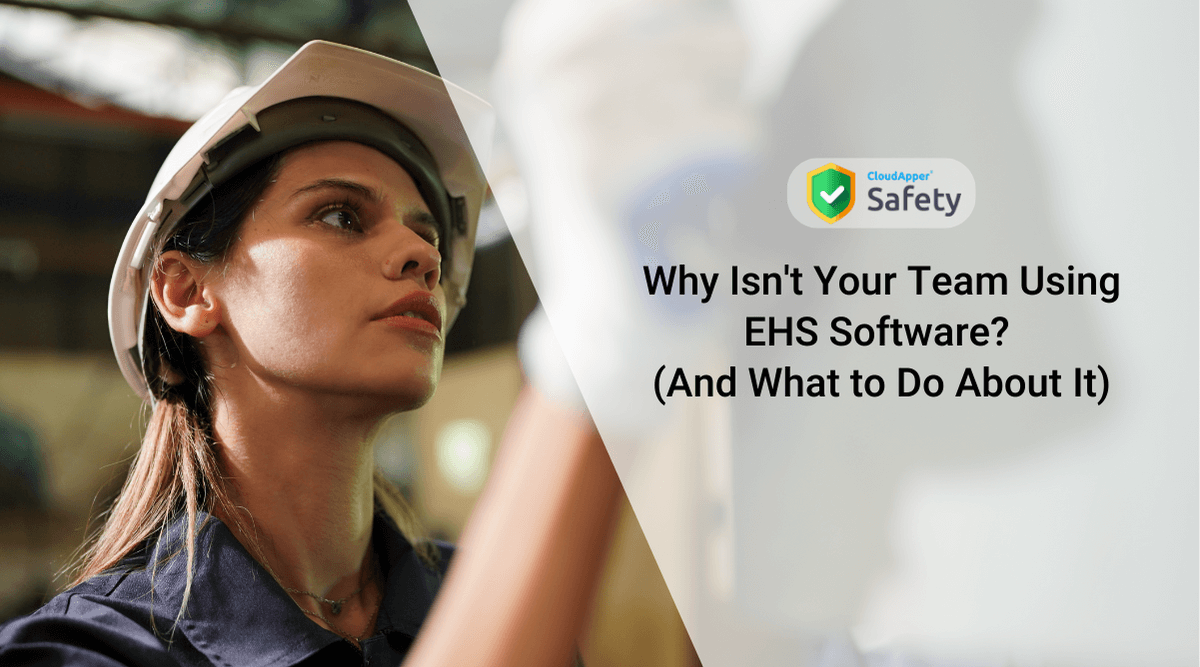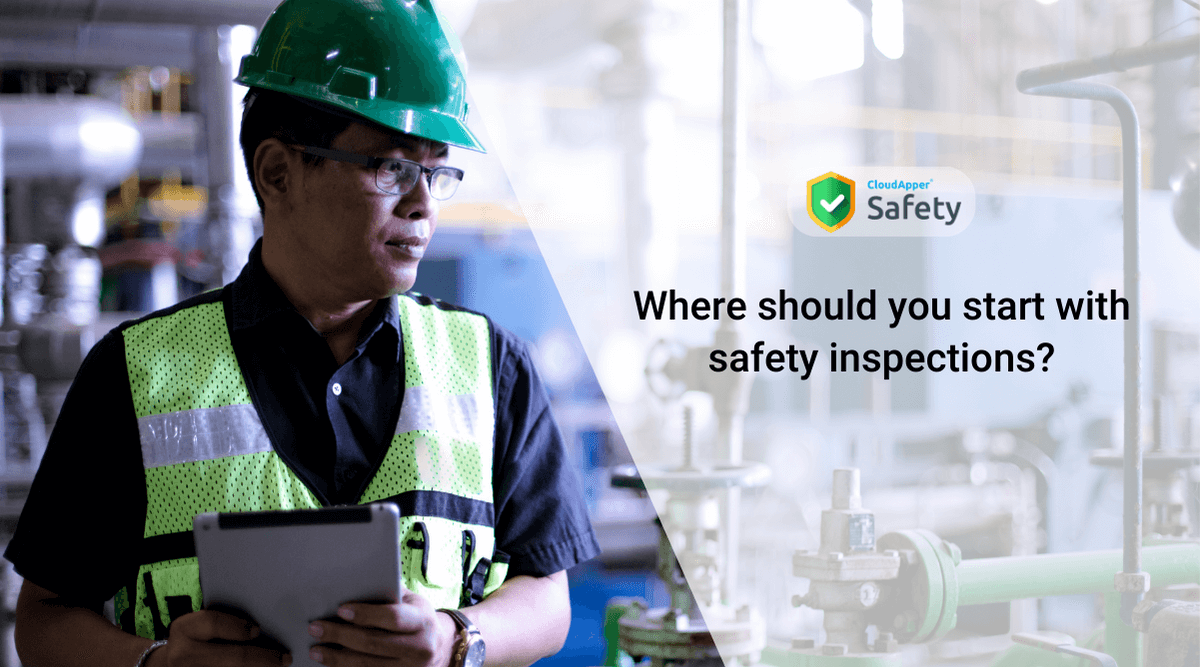Irrespective of which industry we serve, one debate is quite common in virtually all of them – compliance vs. conformity. The debate that has been raging on for decades asks quite a simple question – is ensuring compliance enough, or is there more to it? Should organizations just work towards ensuring compliance, or should they go above and beyond to do more than is required by the rules and regulations? This debate is present regarding workplace safety as well. Between workplace safety and compliance with OSHA, which one should organizations focus more on? If an organization ensures OSHA compliance, does it mean that they are ensuring workplace safety as well, or can they still experience workplace incidents, accidents, and worse? Let’s take a closer look at whether there’s a definitive answer to this debate regarding workplace safety and OSHA compliance.
Workplace safety and compliance are two sides of the same coin
The heading is quite true – OSHA compliance and workplace safety both work towards a common goal – ensuring worker safety. In fact, both terms are used together almost all the time as one is dependent on the other.
Whichever you go for, either for workplace safety or OSHA compliance, your end goal would be the same – creating a safer workplace. However, both compliance-focused and safety-focused strategies have benefits and drawbacks. With that being said, let’s take a look at the pros and cons of safety-focused strategies.
Focusing on workplace safety has its benefits
While ensuring OSHA compliance means that you are working towards workplace safety, it also means that the organization is more focused on compliance – there’s a subtle difference between safety and compliance.
Organizations that focus on workplace safety continuously work towards creating a safer environment for employees, fostering a workplace safety culture, and implementing industry-leading safety practices. This leads to boosted productivity as employees clearly understand that their employer cares for their safety. However, going for workplace safety means that employers must go out of their way to ensure a safe workplace.
These organizations must:
- Identify hazards proactively
- Conduct inspections more frequently
- Incorporate feedback from employees
- Hold safety meetings regularly
- Update safety policies and practices regularly
While these are more taxing than just ensuring OSHA compliance, the rewards are far greater too. Organizations not only ensure OSHA compliance, but also are mitigating workplace safety issues more effectively, and might not even experience any safety incidents. These organizations take preventive measures to eliminate workplace incidents entirely to mitigate hazards before they harm an employee.
However, one of the challenges has been mentioned already – it can be quite taxing as well as costly in the short-term. Moreover, not everyone within the organization will share your views regarding workplace safety, and some employees might not conform with the safety practices – leading to safety incidents down the line.
OSHA compliance has its perks too
Between workplace safety and compliance with OSHA, most organizations choose the latter as they believe that OSHA has a robust set of rules and regulations that can help them ensure a safer work environment. While that is mostly true, others believe that ensuring OSHA compliance can still lead to workplace safety incidents as the rules are mostly based on generic incidents and hazards.

However, OSHA does have a lot of the things covered that can help you not only comply with the rules and regulations but also improve workplace safety.
For instance, OSHA requires you to:
- Ensure a safer workplace that conforms to OSHA standards.
- Deliver safety training to workers via qualified individuals and in a language that all the workers understand.
- Provide ample PPE and machinery for safety.
- Regularly inspect workplace sites for hazards and address them promptly.
- Use posters and signs to attract employees’ attention regarding dangers in the workplace.
- Post the OSHA poster at strategic locations.
- Report fatalities, amputations, and eye loss to the nearest OSHA office.
- Keep records of workplace injuries and illnesses.
OSHA has far more rules and regulations – the above was only a few of them. As can be seen, OSHA compliance requires organizations to work towards workplace safety, and some may find it overwhelming.
However, OSHA does have its fair share of advantages in terms of workplace safety, one of the biggest ones is non-compliant organizations are fined heavily, and they lose a significant amount of money depending on the number of rules they’ve violated. As a result, organizations have no other choice but to comply with OSHA standards.
So, what’s the answer to the question regarding OSHA compliance and workplace safety?
Is there a definitive answer between choosing safety or compliance?
Well, both have disadvantages and benefits, and the lines between them get blurred. Since both are about working towards creating a safer environment for workers, you can’t go wrong with either of them. However, organizations have to find a balance between both and continue to work on it. This is where CloudApper Safety can help.
CloudApper Safety helps with both
CloudApper Safety is an OSHA recordkeeping software that streamlines OSHA compliance management, ensures incident, hazard, or accident reporting, and more, right from your smartphone. Whether your focus is workplace safety or OSHA compliance, CloudApper Safety can help you with both, reducing the administrative burden, keeping all the information in a centralized location, and reducing workplace accidents down the line.
Contact us now to see how CloudApper Safety can help you balance workplace safety and OSHA compliance.



















